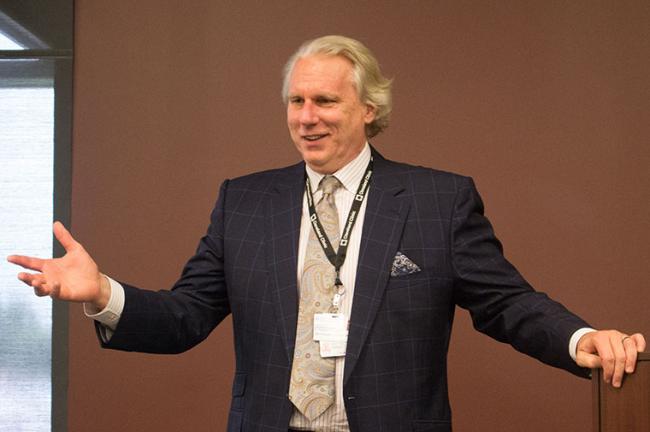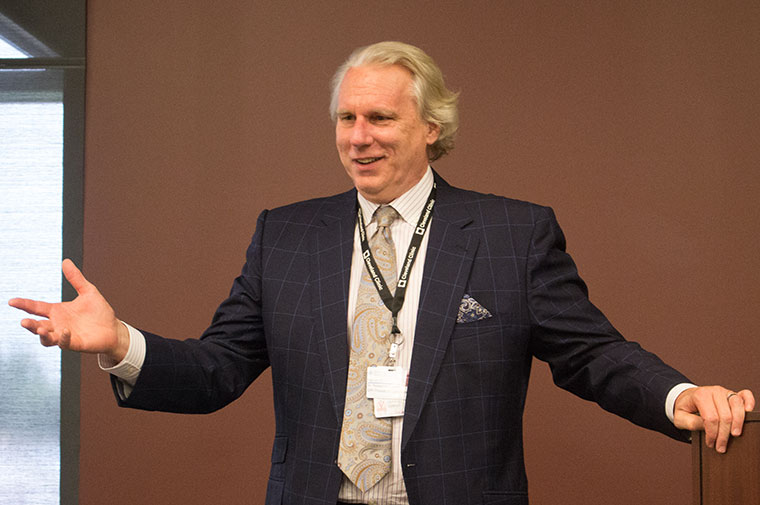
Scientists at the Edward Via of College of Osteopathic Medicine (VCOM) need all the supercomputing power they can get to understand what makes every patient’s cancer unique. Multiple “hits,” or defects in multiple genes are needed to convert a normal cell into cancer. This group is sifting through the 20,000 human genes that make us up to find all of the combinations of “hits” that are responsible for cancer. Although the number of combinations possible is not infinity, it is too massive for ordinary computers.
They have created algorithms that work efficiently on supercomputers and have them running on their local supercomputer, as reported in their recent paper appearing in Nature Scientific Reports. Dr.'s Ramu Anandakrishnan and Harold "Skip" Garner at VCOM and the Gibbs Cancer Center (Spartanburg, SC) and collaborators at Virginia Tech describe this work in their scientific paper, "Identifying multi-hit carcinogenic gene combinations: Scaling up a weighted set cover algorithm using compressed binary matrix representation on a GPU." They have now identified the most probable combinations of defects that cause some cancers, but this is only a start. The group says that the next step is to use the largest supercomputer in the world, Summit, at Oak Ridge National Laboratory to run their algorithm to solve the problem for all cancers.
The importance of this work is that it provides a basis for making significant advancements in the understanding of cancer, an understanding that can lead to better cancer diagnostics, and potential new therapies. Dr. Anandakrishnan was able to compute the model for several cancers previously, but many have four or more gene defects that then lead to cancer. For genes with four or more defects, the computation of the combination of genes that cause cancer becomes significantly compute-intensive. In the published article, Dr. Anandakrishnan illustrates a supercomputing approach that makes that computation possible. With the list of the most frequent combinations that result in cancer, the group hopes to identify all cancer-causing genes, which will then allow new cancer treatments like immunotherapy or CRISPR-based therapies to target those genes.
"Every cancer is unique, which is why there is no single treatment or cure. This work will enable us to finally identify all the ways in which a person's cancer is unique, paving the way for the most accurate personalized medicine to customize treatment for all cancer patients," said Dr. Garner.
The publication is available online at www.nature.com/articles/s41598-020-58785-y.
